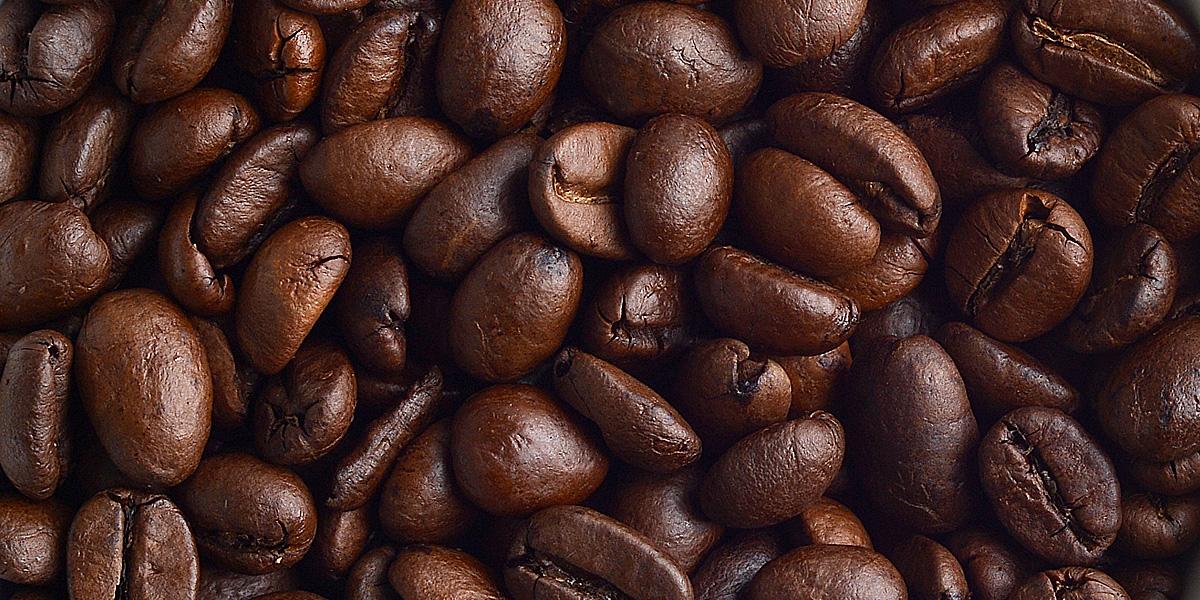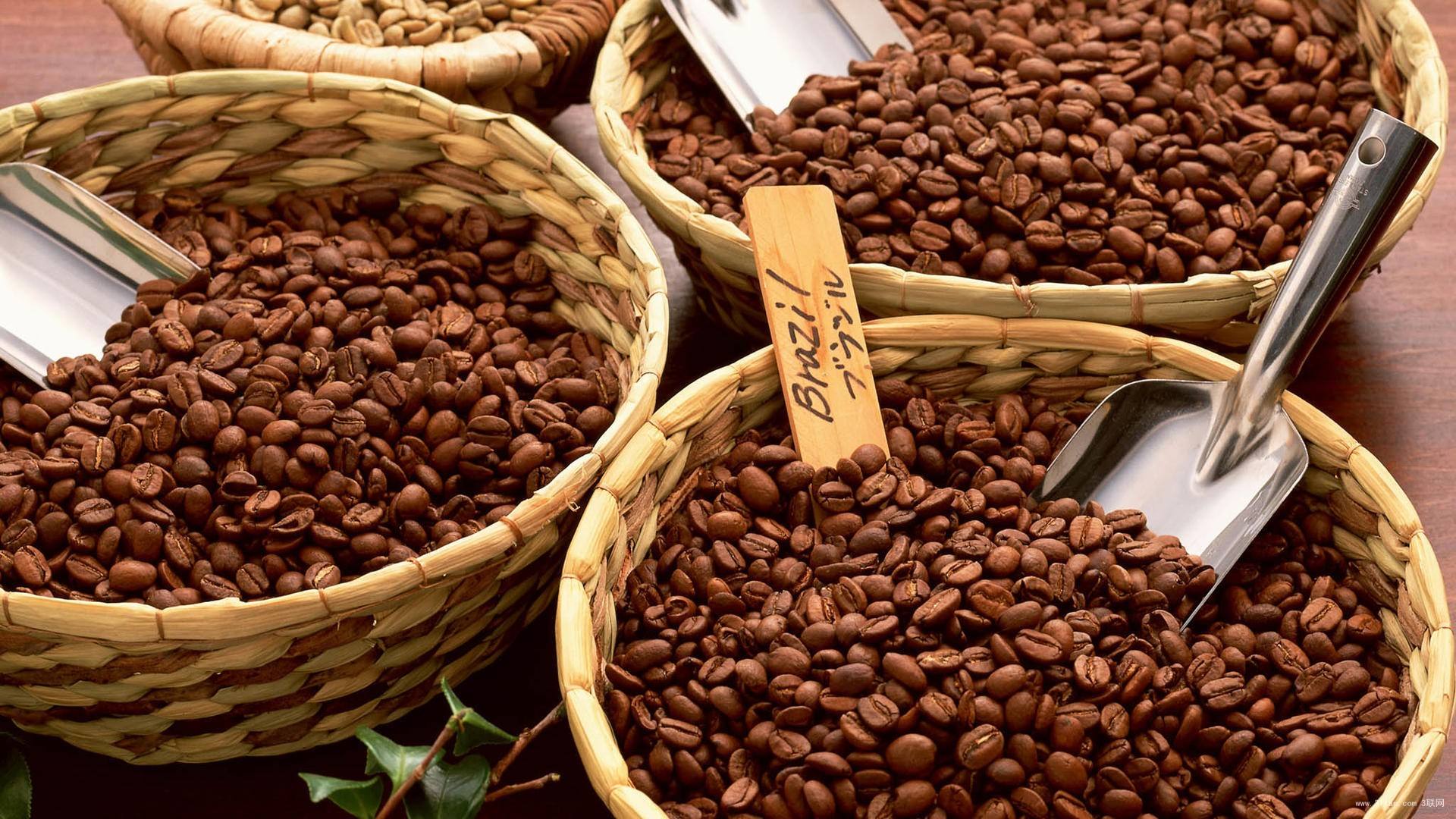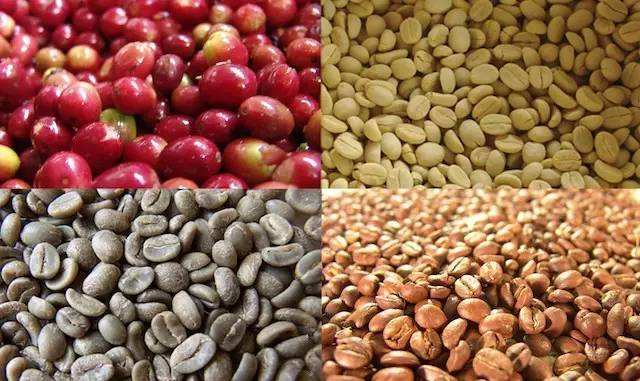Robusta Arabica coffee introduction, Robusta Arabica coffee beans how to eat
Follow the caf é (Wechat official account vdailycom) and found that Beautiful Cafe opened a small shop of its own.
The global coffee bean tree species are mainly divided into Arabica and Robusta, of which Arabica coffee beans account for about 65% and 80%.
Arabica coffee has harsh planting conditions, weak disease resistance, high altitude requirements, slow growth, high quality, and fine processing of raw beans. Arabica coffee beans are elegant and slender in shape, with large and uniform grains. Different producing areas have their own different flavor and aroma, rich taste and different taste. It makes it the only coffee among these original species that can be drunk directly and alone, and can be used as a single product or as an Italian blend of coffee.

Robusta coffee has the advantages of strong adaptability, easy planting, fast growth and high yield. in general, the treatment of raw beans is relatively extensive and low quality (there is also a small amount of washed refined robusta). Robusta coffee has a round and rugged shape, relatively small grains, mixed beans, bright and strong flavor, mainly bitter taste, and has a bad rubber taste or mildew smell because of its low level of raw bean treatment. most Robusta beans are not suitable for drinking as a single coffee, and a few Robusta beans are used as Italian ingredients. The proportion is very low (but it does not rule out the fact that very few high-quality Robbosa beans can reach more than half of them). In general, robusta coffee is used in instant coffee (which extracts about twice as much liquid as Arabica), canned coffee, liquid coffee and other industrial coffees. Its caffeine content is much higher than that of Arabica, about 3.2%.
[related reading]
How to eat coffee beans
How do I eat coffee beans? I believe everyone knows that coffee beans are ground into powder and then brewed into coffee to drink. So how are coffee beans made into coffee? I believe that some people do not know, let's take a look at you!
First of all, prepare the materials and tools, which are coffee beans and coffee machine
Next, there are steps to make coffee, as follows:
1. N-style coffee brewing, choose your favorite
Some people like to brew coffee in a convenient and fast American coffee pot, some prefer the romantic elegance of siphon coffee, while others prefer the simplicity and purity of French pressure, the Italian style of mocha pot, or the flavor of hand-brewed coffee. In any case, the cooking method that is suitable for others may not be the most suitable for you, and choosing your own most suitable and favorite coffee brewing method is the first condition to enjoy the fun of DIY coffee brewing.
2. Good coffee should be made in good water
More than 98% of the ingredients in a cup of coffee are water. The importance of water is beyond doubt! If you use bad water to brew coffee, even using the best beans is in vain-because bad water can destroy the best coffee. Even a simple filter kettle can filter out many bad substances for tap water, making the brewed coffee more fragrant, strong and mellow. Like making tea, you need to avoid using distilled water, and if the tap water in your place is of poor quality, using clean mountain spring water is also an ideal way.
3. Coffee beans should not be stingy, enough is enough to taste.
Coffee beans must be used in sufficient portions. Too little coffee powder may lead to insipidity, but not too much at a time. The standard amount of coffee is to brew a cup of coffee (about 180cc) with two flat spoons (about 15 grams) of coffee beans (powder).
Important Notice :
前街咖啡 FrontStreet Coffee has moved to new addredd:
FrontStreet Coffee Address: 315,Donghua East Road,GuangZhou
Tel:020 38364473
- Prev

How to cook Arabica coffee beans and how to deal with expired Arabica coffee beans
Following Cafe Review (Wechat official account vdailycom) found that Beautiful Cafe opened a small shop of its own. How to cook Arabica coffee beans? The first thing is to buy high-quality coffee beans, then to prepare the coffee machine, and the rest is the key points to pay attention to when making coffee. The main points of brewing coffee 1. Choose your favorite coffee brewing method. Some people like to use it.
- Next

What do you need to pay attention to the Arabica coffee beans bought by Starbucks?
Follow Kaipai (Wechat official account vdailycom) found that Fairview Cafe opened a small shop of its own. Do you need to cook the Arabica coffee beans bought by Starbucks? Related instructions: it says 10 grams of ground coffee beans, pour 180ml of water ~ 10g 180ml should be VIA, VIA then do not need to cook. But if it is coffee beans, of course, it must be boiled 10g.
Related
- Detailed explanation of Jadeite planting Land in Panamanian Jadeite Manor introduction to the grading system of Jadeite competitive bidding, Red bid, Green bid and Rose Summer
- Story of Coffee planting in Brenka region of Costa Rica Stonehenge Manor anaerobic heavy honey treatment of flavor mouth
- What's on the barrel of Blue Mountain Coffee beans?
- Can American coffee also pull flowers? How to use hot American style to pull out a good-looking pattern?
- Can you make a cold extract with coffee beans? What is the right proportion for cold-extracted coffee formula?
- Indonesian PWN Gold Mandrine Coffee Origin Features Flavor How to Chong? Mandolin coffee is American.
- A brief introduction to the flavor characteristics of Brazilian yellow bourbon coffee beans
- What is the effect of different water quality on the flavor of cold-extracted coffee? What kind of water is best for brewing coffee?
- Why do you think of Rose Summer whenever you mention Panamanian coffee?
- Introduction to the characteristics of authentic blue mountain coffee bean producing areas? What is the CIB Coffee Authority in Jamaica?

